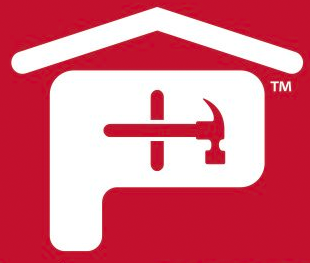The numbers don’t lie when it comes to thermal bridging.
Estimates say thermal bridging could reduce the R-value of traditional cavity wall insulation in wood-frame structures by 20 percent. For steel-framed buildings, it is even worse, with R-values potentially sliced by 50 percent or more, according to Building Science Corporation.
Such figures paint a dismal picture of energy efficiency in a day and age of economic thrift and carbon footprint consideration. No one is indifferent about poor energy performance in residential and commercial structures.
Thermal bridging heavily hampers energy efficiency. The wooden studs and metal frames between walls, for example, have high thermal conductivity and often contact both the inside and outside of wall surfaces. This creates a “roadway” for the unwanted transfer of energy — certainly a weakness in the building envelope. It happens despite the presence of traditional cavity wall insulation.
Continuous Insulation: An Exceptional Choice
So much energy is lost in thermal bridging because there is so much potential for it to be lost. Consider this: Studs typically comprise around 25 percent of a wall surface.
Even when top-notch cavity wall insulation is used, the absence of continuity creates opportunity for unwanted energy transfer.
To the rescue is continuous wall insulation. This type of insulation provides an uninterrupted thermal envelope, completely covering the structural frame and helping prevent the transfer of heat, thus reducing a structure’s energy costs.
Continuous wall insulation lessens the temperature differential between the wall cavity and the stud when installed on the exterior of the stud. This enhances the R-value of the wall system and makes for a more efficient way to heat and cool a structure.
Flexibility is a major component of continuous wall insulation. It can be used alone or in conjunction with “regular” wall insulation and can be implemented on either internal or external walls. It can be used with backup assemblies including wood frame, steel frame, concrete, and CMU as well as various cladding styles — everything from stucco and siding, to metal and brick.
Continuous wall insulation helps keep condensation out of the wall cavity, and when used along with a drainage plane and moisture barrier, can ward off water intrusion.
Using continuous wall insulation made of polyiso is highly recommended because of the material’s superior qualities. Providing the highest R-value per inch of any insulation type on the market, polyiso complies with many IBC and IRC requirements, and can help earn credits for LEED® and other green building standards.
Thermal bridging can have a huge negative impact on a structure’s long-term performance and energy costs. Installing continuous wall insulation is not only a simple solution but a smart one, too.



 Gear!
Gear! PRO LOGIN
PRO LOGIN